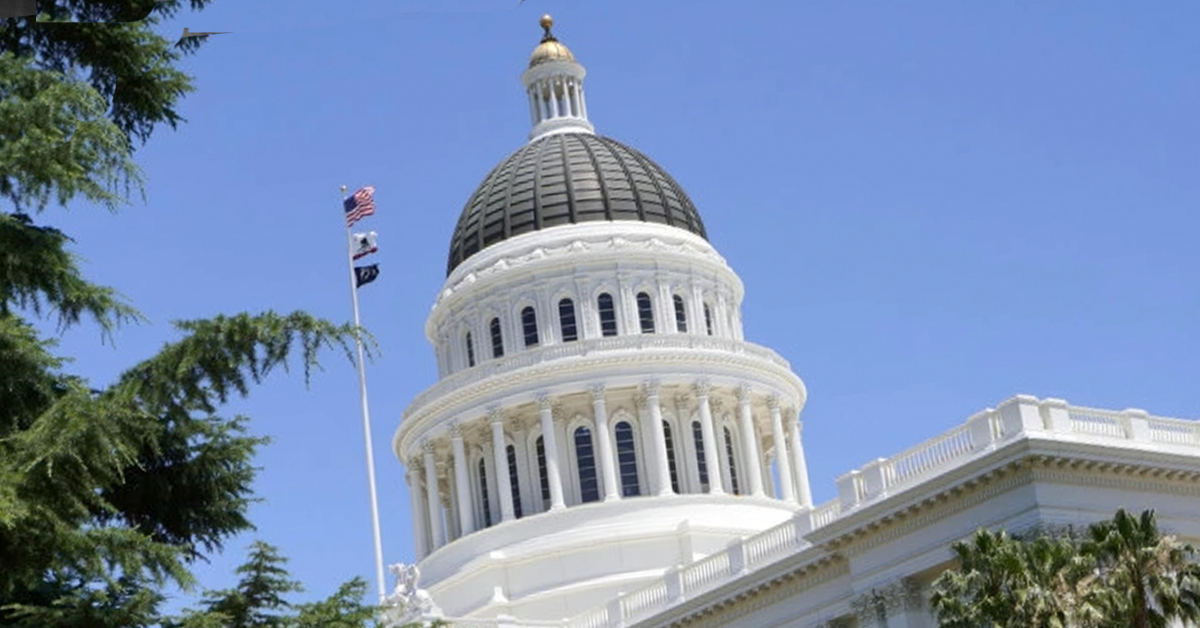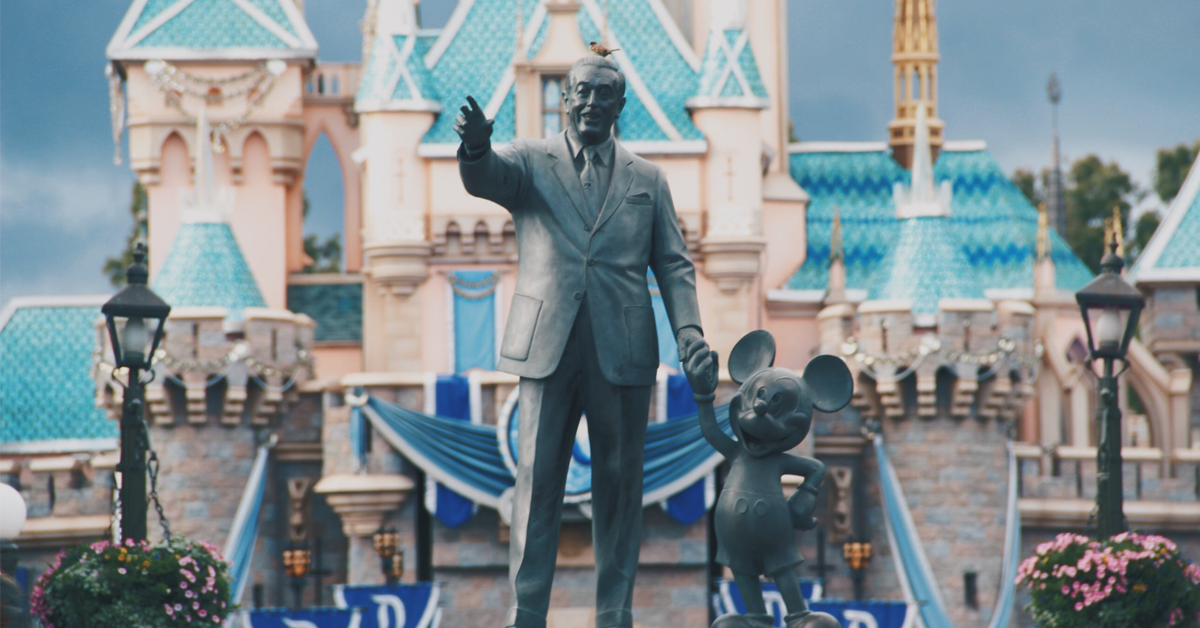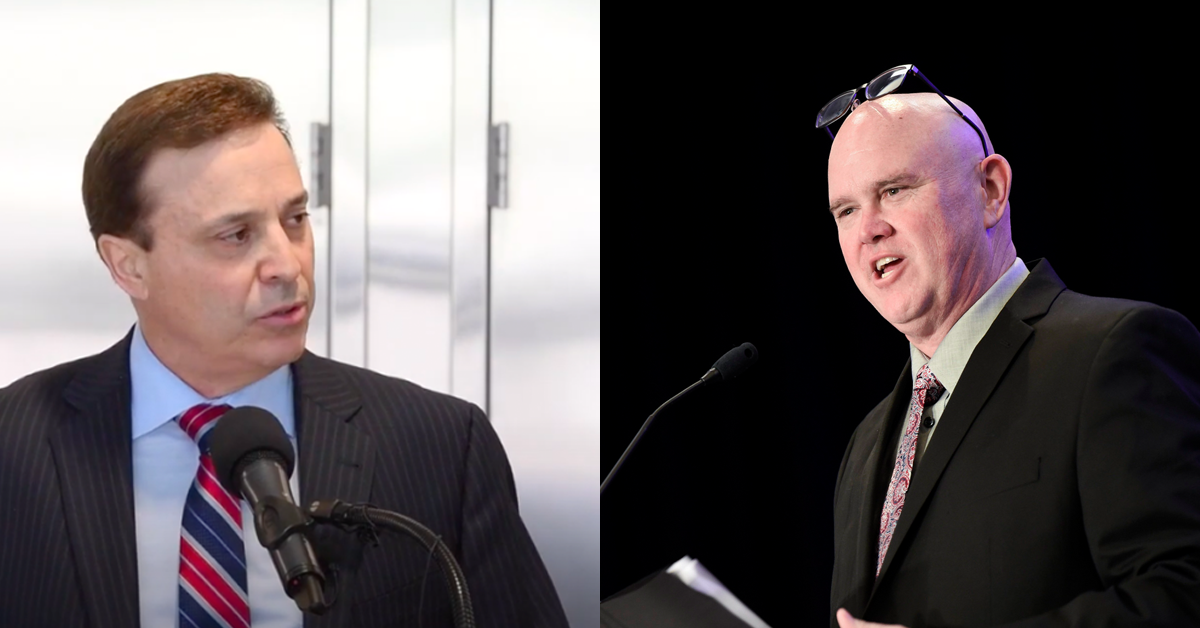Jim Schaad last week was introduced to the City Council as the new director of Fresno’s Transportation Department.
“First off – congratulations,” said District 5 Council Member Luis Chavez. “Or should I say – condolences?”
Chavez spoke the truth. The council’s 30-minute hearing on a proposed tweak to Fresno Area Express’ fare schedule underscored the system’s systemic woes.
In the end, the council gave Schaad the green light to cut the regular FAX fare from $1.25 to $1 after 7 p.m. on weekdays and all day on weekends and holidays.
The cut applies to October. Once we get to November and December, the cut will apply to all hours throughout the week.
FAX officials in January will analyze three months of data. They will decide at that point whether to maintain the fare cut into 2018. The fare cut has a maximum one-year lifespan before the issue must return to the council for review.
The cut’s aim is simple. FAX not too long ago was generating 15 million rides per year. FAX is now on track to providing about 8 million rides annually. That’s a 46% drop in a mere seven years.
That trend can’t go on forever.
On top of that, Bus Rapid Transit (BRT) is slated to begin in early 2018. Taxpayers are paying $30 million to $35 million to add this much-ballyhooed but controversial system to FAX.
“I don’t know if (BRT) is going to be any more successful,” Council Member Garry Bredefeld said on Thursday. “I hope it is. But I don’t know if it’s going to be any more successful than our FAX system.”
I give you six takeaways from the hearing:
1.) No one mentioned it from the dais, but I’ve got to think part of the problem is lack of stability at the top of FAX. I remember talking to FAX Director Ken Hamm about FAX/BRT. Then Hamm was gone. I remember talking to second-in-command John Downs about FAX/BRT. Then Downs was gone. I remember talking to FAX Director Brian Marshall about FAX/BRT. Then Marshall was gone. Bruce Rudd spoke to the council on Thursday as the former interim Transportation director, as a former city manager who held that job when BRT was approved by the council, as a former Transportation director himself, and now as the interim assistant city manager who clearly has oversight of FAX as one of his leadership duties. Schaad during Thursday’s hearing never got out of his Council Chamber seat. I hate to think of the fate of Recharge Fresno under similar managerial chaos.
2.) The vote on Thursday was 4-1-2. Council Member Steve Brandau voted no. Council Members Oliver Baines and Paul Caprioglio were absent. Bredefeld throughout his remarks was skeptical of the direction of FAX. A “no” vote from Bredefeld would have denied the necessary four votes to approve the cut.
3.) Council President Clint Olivier: “I would love to see the entire system grant-funded…. If ridership doesn’t go up and it’s free, then we know we have a problem.”
FAX is currently free for Fresno State and Fresno City College students, staff and faculty. The City College program is only a few months old. The Fresno State program started in November 2014.
There were 222,586 FAX rides in the Fresno State program in FY 2016 and 213,455 rides in FY 2017.
That suggests a problem.
4.) Olivier hit on one of the big challenges facing city officials: How does City Hall fix FAX if it doesn’t know why ridership fell by nearly half in a mere seven years?
Rudd said past land-use decisions at City Hall deserve much of the blame.
This explanation, cited often at City Hall in recent years, goes like this: City officials after World War II embraced sprawl. Sprawl means a public bus system stretched across an ever-growing area. A big service area and limited budgets lead to relatively long wait times at bus stops. Customers hate long wait times. They stop riding the bus. The system goes into a death spiral.
The rise of Lyft/Uber and working from home were also mentioned.
I’ll add one more nail in the FAX coffin: Revolutionary changes in the way people shop. City leaders say Fresno is the perfect site in California for e-commerce distribution centers. E-commerce is putting a big dent in sales at traditional bricks-and-mortar retailers.
Even shoppers with modest incomes can afford to buy from Amazon.com. Why take the bus to the store, then lug the packages home on a bus?
5.) “So,” Brandau asked Rudd, “how do you unwind land-use decisions?”
“You can’t,” Rudd said.
That was exactly Brandau’s point. The world of public transportation is changing. The old days are gone forever.
“In our society, people are moving away from public transit,” Brandau said. “…I think we need to be aware of what is happening in our society when its comes to (public) transit and the massive expense – including inside the city of Fresno – to provide transit when people are moving away from transit.”
To buttress his thoughts, Brandau cited a recent transportation report from Chapman University. He didn’t give the report’s title. If my Google search is correct, Brandau was referring to “The Great Train Robbery: Urban Transportation in the 21st Century” from Chapman University’s Center For Demographics & Policy.
The report’s authors are Joel Kotkin and Wendell Cox. Kotkin is among America’s top urban policy experts. He pulls no punches.
6.) The give-and-take between Rudd and the council suggests that Schaad (a 15-year veteran of city employment) just might be the innovative and fearless leader that FAX needs.
Rudd said the old playbook clearly doesn’t work.
For example, Rudd said FAX may partner with Lyft and Uber. The nature of this partnership remains unclear. But, Rudd said, it doesn’t make sense to have a 40-foot FAX bus hauling a lone passenger over a lonely route in the late evening.
No one at Thursday’s hearing disputed the need for an effective public transportation system. The challenge is defining the system’s primary mission in the 21st century.
Olivier at the hearing’s conclusion touched briefly on the “push-pull” dynamic created by our digital world.
A journalist before entering the political arena, Olivier noted that editors and reporters in the old days “pushed” content onto the plates of news consumers. Editors/reporters could do this because news consumers didn’t have a printing press or a TV studio. Consumers had no choice but to be a captive and passive audience.
Consumers today now choose from an entire world of digital content producers, whether those producers generate news or entertainment. Consumers “pull” what they want from their phones or computers, Olivier said. Woe to the content producer who fails to recognize the change in hierarchy.
When it comes to the modern world of transportation, Olivier said, “people are choosing how to get there rather than being told how to get there.”








